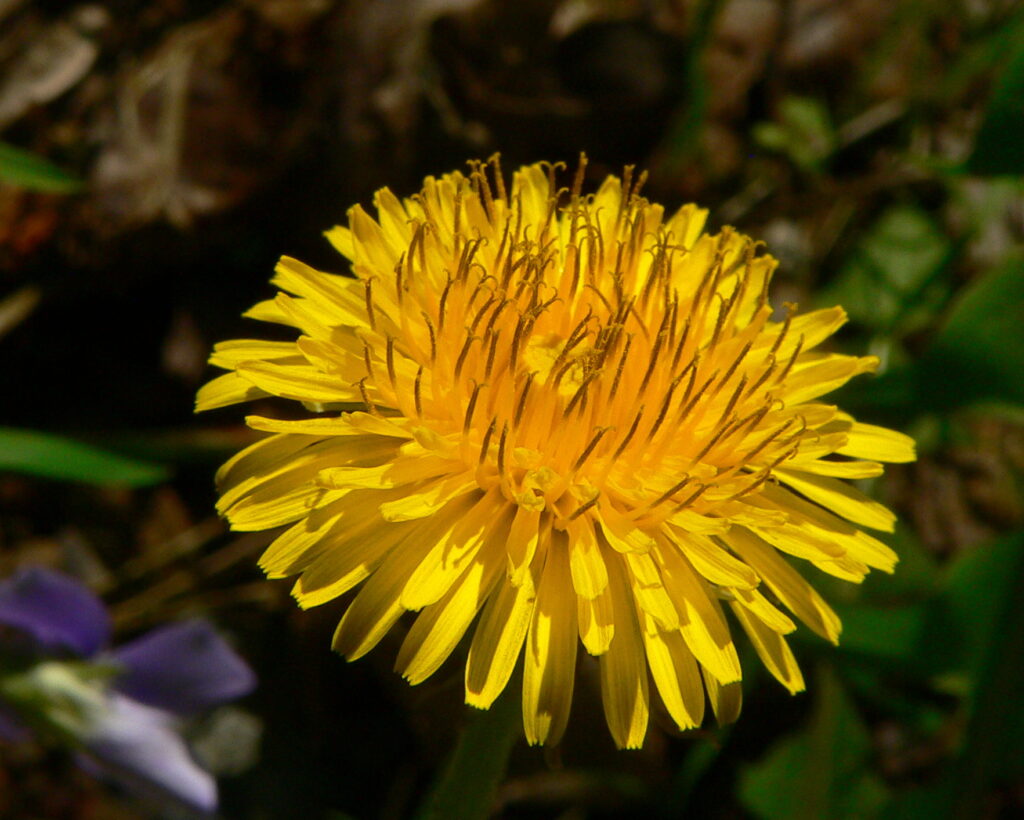A perennial member of the daisy family, dandelions are known for their bright yellow
flowers, dark green leaves, and seed-spreading puffballs that children love to blow on. While they
are largely considered to be weeds, they can be harvested and used in many ways with some health
benefits. Dandelions are edible from root to flower. Dandelions are perennials in most climates.
Leave the plant in place if you want to have it come back every year.
Young, small dandelion greens, also known as baby dandelion greens, are mild in flavor, so they are
great in salads and smoothies. However, mature dandelion greens (larger ones) will taste best if you
stir-fry so try sautéing dandelion greens with onions and garlic and a little bit of olive oil.






